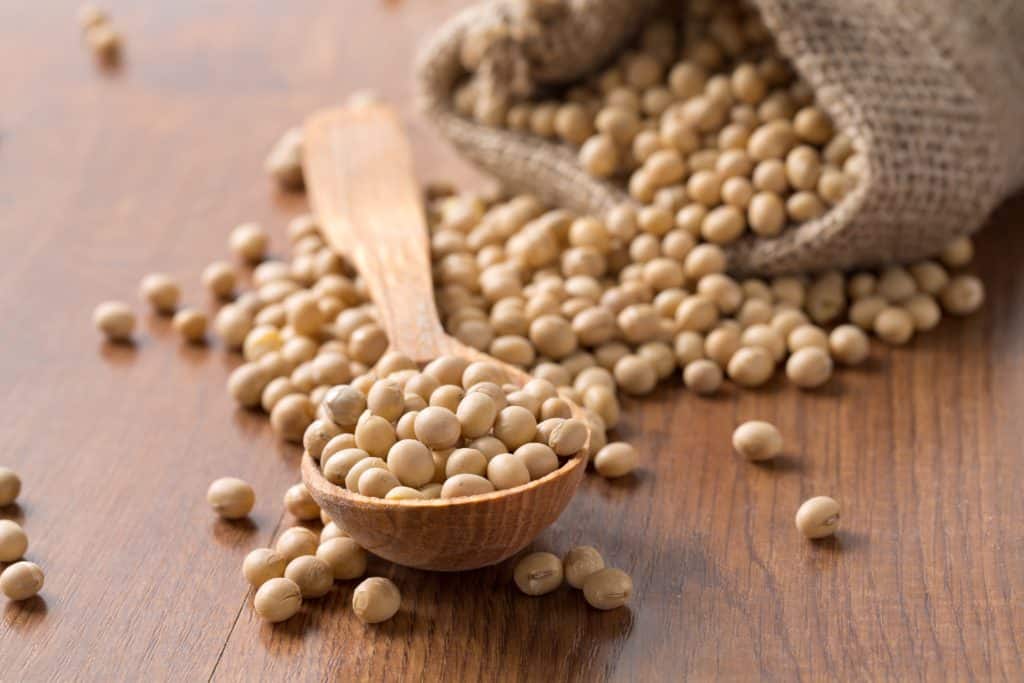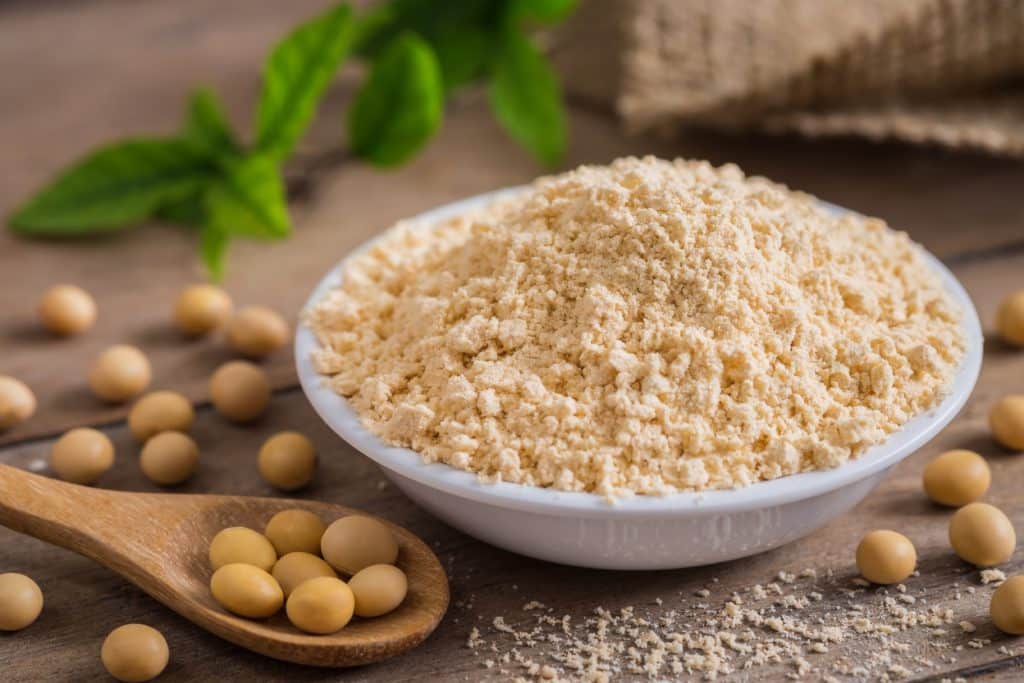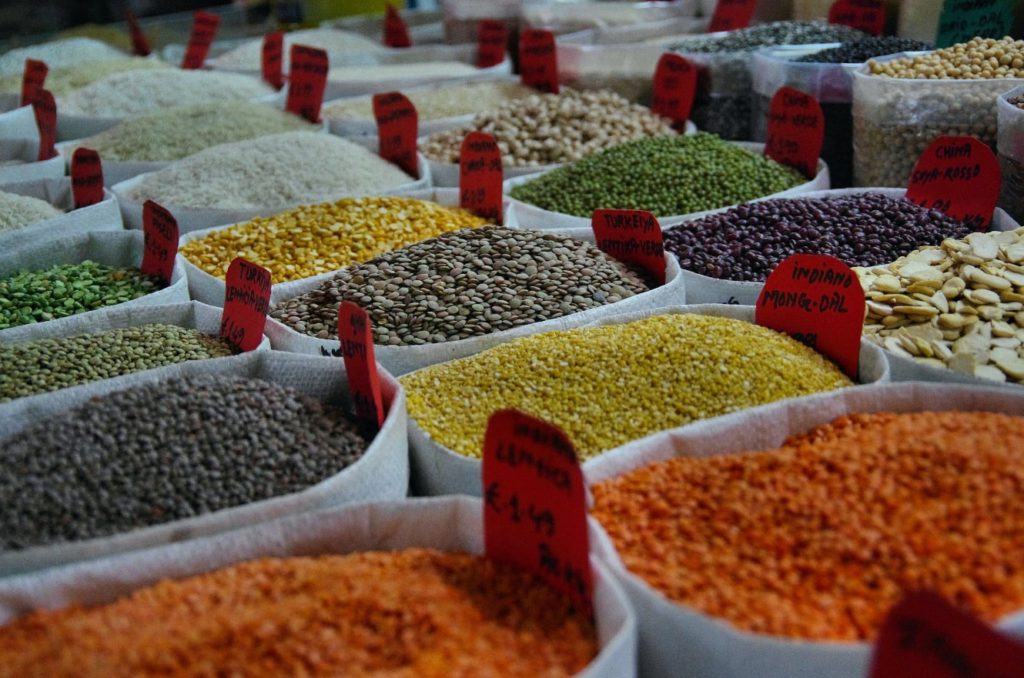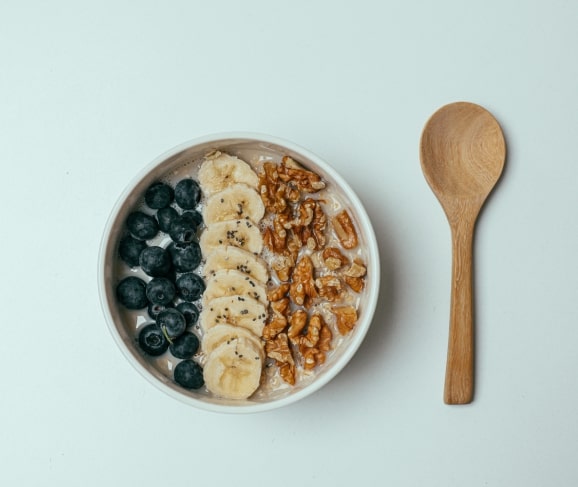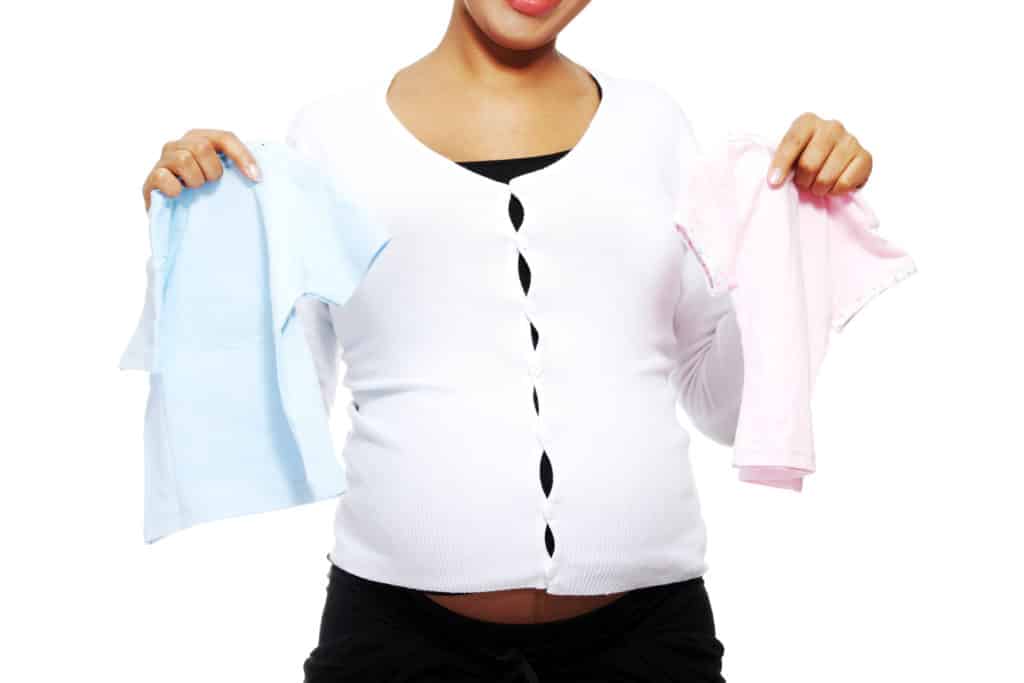Do you remember a few years ago when a obviously pregnant athlete got in the news because she ran a race with while being pregnant ? Opinions were divided as to whether what she was doing was safe.⠀⠀⠀⠀⠀⠀⠀⠀⠀
Exercising in pregnancy has benefits such as helping to prepare your body for labour and preventing excessive weight gain which in turn helps to manage chronic diseases such as diabetes and hypertension .⠀⠀⠀⠀⠀⠀⠀⠀⠀
Exercise is an absolute no no in the following situations:⠀⠀⠀⠀⠀⠀⠀⠀⠀
- With ruptured membranes (ie. when your water breaks) or if your womb begins to contract before 37 weeks (ie. falling into premature labour)⠀⠀⠀⠀⠀⠀⠀
- Vaginal bleeding ⠀⠀⠀⠀⠀⠀⠀⠀⠀
- If you develop a condition called Pre-eclampsia where you develop high blood pressure with evidence of organ damage. (Such as liver and kidney mal-function)⠀⠀⠀⠀⠀⠀⠀
- If there are issues with the neck of your womb which is called the cervix (issue such as an incompetent cervix)⠀⠀⠀⠀⠀⠀⠀⠀⠀
- If you’ve been told your baby isn’t growing well ( Intrauterine growth restriction)⠀⠀⠀⠀⠀⠀⠀⠀⠀
- If you are expecting twins or more especially after about the 7th month into your pregnancy ⠀⠀⠀⠀⠀⠀⠀⠀⠀
- If you have uncontrolled diabetes (high blood sugar) , hypertension ( high blood pressure) or thyroid disease⠀⠀⠀⠀⠀⠀⠀⠀⠀
- If you have other serious medical conditions ⠀⠀⠀⠀⠀⠀⠀⠀⠀
All these are medical diagnoses indicating you more or less need to get the information from your doctor to know that whether you have them or not.⠀⠀⠀⠀⠀⠀⠀⠀⠀
Other situations where you COULD exercise but will need to get the go ahead from your physician before starting include:⠀⠀⠀⠀⠀⠀⠀⠀⠀
- If you’ve had recurrent pregnancy loss ( 3 consecutive ones). ⠀⠀⠀⠀⠀⠀⠀⠀⠀
- Have had previous preterm delivery ⠀⠀⠀⠀⠀⠀⠀⠀⠀
- You have hypertension in pregnancy ⠀⠀⠀⠀⠀⠀⠀⠀⠀
- You are anaemic ( the capacity for your blood cells to carry oxygen around your body is reduced) and you are showing symptoms ⠀⠀⠀⠀⠀⠀⠀⠀⠀
- You are malnourished ⠀⠀⠀⠀⠀⠀⠀⠀⠀⠀⠀⠀⠀⠀⠀
- So if you are having an uneventful pregnancy, your doctor may most likely clear you for exercise.
Did you exercise throughout pregnancy? What was it like for you? Learn how much exercise is safe for pregnancy women .

Image: Shutterstock


